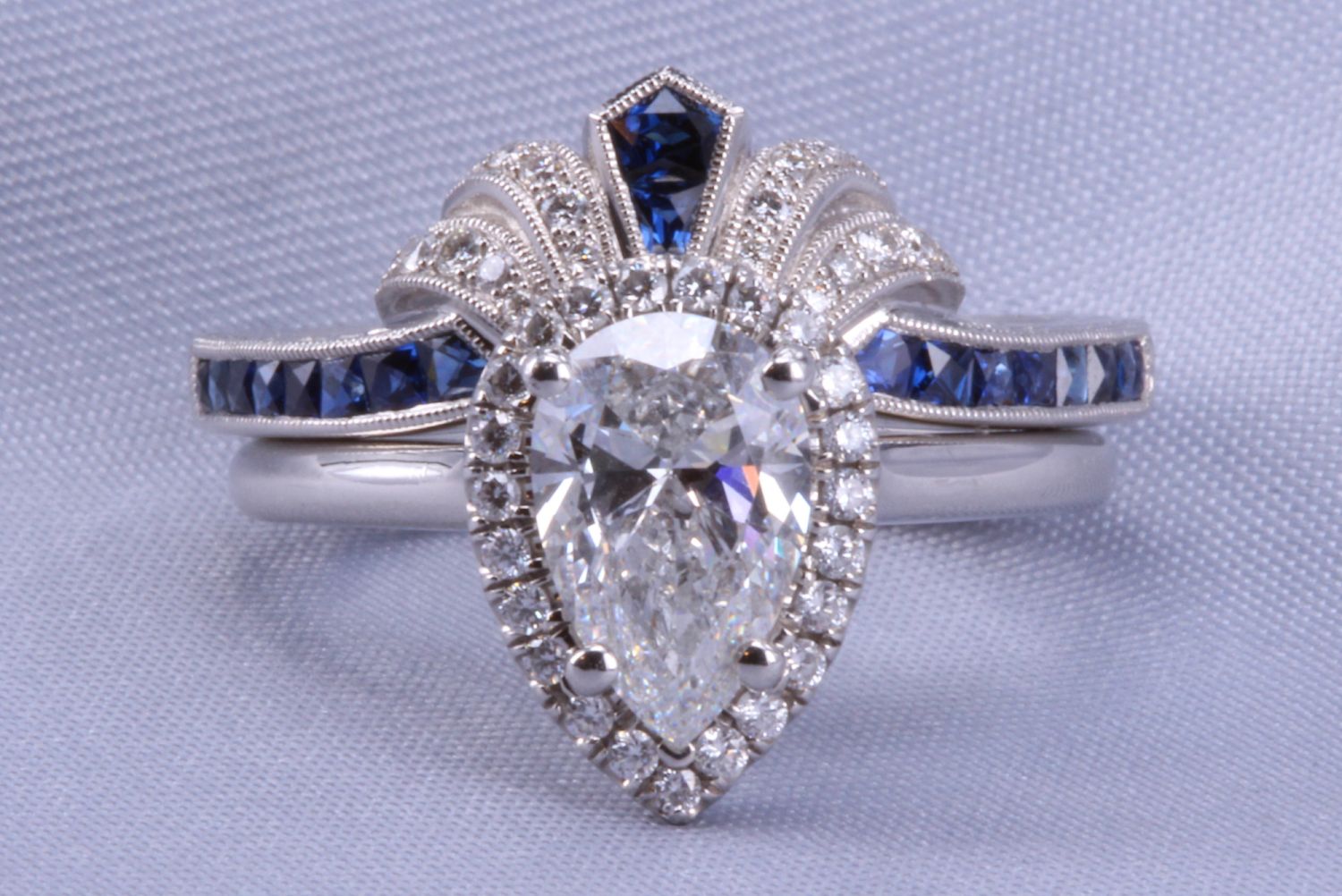
20 Feb How to Buy a Diamond in San Diego
When shopping for a diamond in San Diego, most people quickly learn that they need to understand the 4Cs of a diamond, which are Color, Cut, Clarity, and Carat weight — all of which come into play when figuring out the price of a diamond and how dazzling (or dull) it is going to look on the finger of the bride.
Carl Blackburn of C. Blackburn Jewelers can help you in your San Diego diamond search by not only making the 4Cs easy to understand, but also by finding you a large carat diamond at a price similar to that of San Diego wholesale diamonds. Simply arrange for a free diamond consultation, and Carl will gladly help you navigate the world of diamonds at his jewelry store in La Jolla.
As a San Diego jewelry designer, Carl can also answer any questions you might have about custom engagement rings. Call 858-251-3006 to schedule an appointment or send him a message via our contact form.
To get started learning more about how to choose a diamond in San Diego, here is a brief primer on the 4Cs of a retail or wholesale diamond.
How to Choose a Diamond
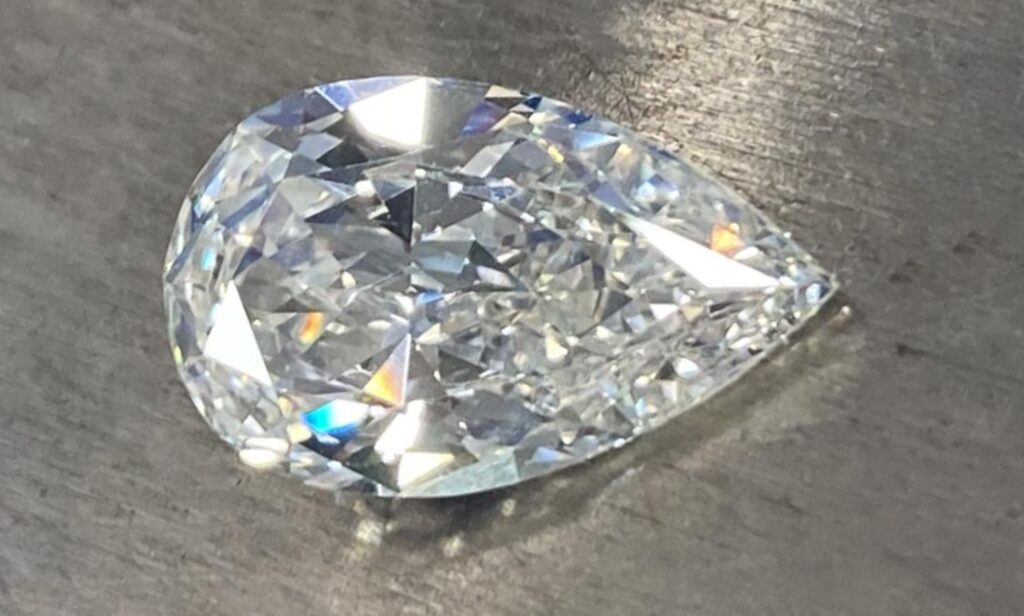
What is Diamond Clarity?
Diamond clarity refers to the presence or absence of flaws, blemishes, and other imperfections in a diamond. These imperfections are referred to as inclusions if they are inside the diamond or blemishes if they are on the surface of the diamond. The clarity of a San Diego diamond is determined by examining it under 10x magnification and assigning it a grade based on the number, size, location, and visibility of these imperfections. The Gemological Institute of America (GIA) uses the following scale to grade diamond clarity:
- Flawless (FL) – No inclusions or blemishes visible under 10x magnification
- Internally Flawless (IF) – No inclusions visible under 10x magnification, but some blemishes may be present
- Very, Very Slightly Included (VVS1 and VVS2) – Inclusions are difficult to see under 10x magnification
- Very Slightly Included (VS1 and VS2) – Inclusions are visible under 10x magnification, but they are minor and difficult to see with the naked eye
- Slightly Included (SI1 and SI2) – Inclusions are visible under 10x magnification and may be noticeable with the naked eye
- Included (I1, I2, and I3) – Inclusions are visible under 10x magnification and are easily visible with the naked eye.
The higher the clarity grade, the rarer and more valuable the diamond. San Diego diamonds with higher clarity grades also tend to have more brilliance and fire, as there are fewer imperfections to interfere with the passage of light through the stone.
However, diamond clarity is just one of the four Cs of diamond quality, along with carat weight, clarity, and cut. The value of a diamond is determined by how well it scores in all four categories. A high-quality diamond is one that is colorless (graded D-F), has high clarity, is well-cut, and has a large carat weight.
What is Diamond Color?
Diamond color refers to the presence or absence of color in a diamond, and it is one of the most important factors that affects the quality and value of a diamond. San Diego diamonds are graded on a scale from D (colorless) to Z (light yellow or brown). The scale is based on how much color is present in a diamond, with D being the most colorless and therefore most valuable. A colorless diamond allows more light to pass through it, creating more brilliance and fire. As diamonds move down the color scale, they become increasingly yellow or brown in appearance, and their value decreases.
However, there are some exceptions to this rule. Fancy colored diamonds, which are rare and highly valued, can be any color other than brown or yellow. They can range from pink to blue to green, and their value is determined by the intensity and rarity of the color. It’s important to note that diamond color is graded on a scale that is nearly imperceptible to the untrained eye. For example, the difference between a D and an E color diamond may be barely noticeable to the naked eye, but it can make a significant difference in the diamond’s value.
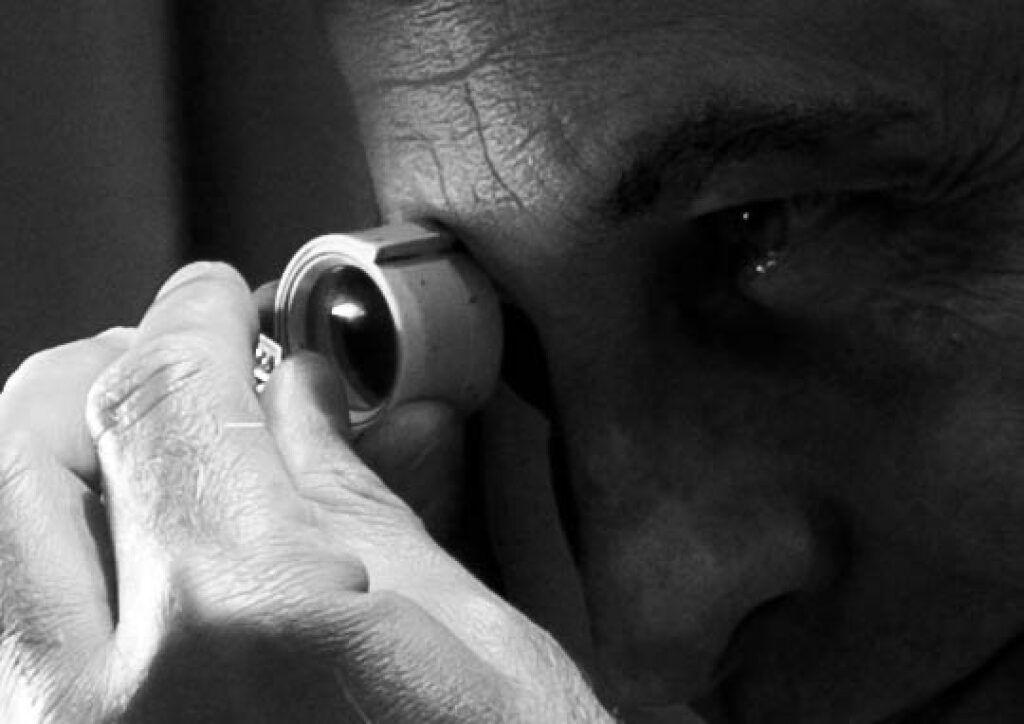
What is Diamond Cut?
Diamond cut refers to the proportions, symmetry, and polish of a diamond, and it is one of the most important factors that affects the quality and value of a diamond. A diamond’s cut has a significant impact on its brilliance, fire, and overall appearance. A well-cut diamond will reflect light from one facet to another, creating maximum brightness, fire, and sparkle. In contrast, a poorly cut diamond will not reflect light as effectively, resulting in a dull, lifeless appearance.
San Diego diamonds are graded on a scale from Excellent to Poor based on their cut. The GIA evaluates diamond cut based on three primary characteristics:
Proportions: The relationship between the diamond’s height, depth, diameter, and angle affect how well it interacts with light.
Symmetry: The alignment of the diamond’s facets affects how light is reflected and dispersed.
Polish: The surface quality of the diamond’s facets affects the amount of light that enters and exits the diamond. Diamonds with an Excellent or Very Good cut grade will have maximum brilliance, fire, and sparkle, while diamonds with a Poor cut grade will have significantly reduced light performance.
What is Diamond Carat Weight?
Diamond carat weight refers to the weight of a diamond, with one carat equal to 0.2 grams. Diamonds are priced per carat, which means that the larger the diamond, the higher its price per carat. For example, a 1-carat diamond will be more expensive than two 0.5-carat diamonds of the same quality. This is because larger diamonds are rarer and more difficult to find, and it takes more rough diamond material to produce a larger polished diamond.
It’s important to note that a diamond’s carat weight alone does not determine its value. The quality of the diamond in terms of its clarity, color, and cut also play a significant role in determining its value. For example, a smaller diamond with high clarity and color, and an excellent cut may be more valuable than a larger diamond with lower clarity, color, and cut grades.
In addition, the shape of a diamond can also affect its perceived size and value. For example, a well-cut round diamond will appear larger than a diamond of the same carat weight with a less desirable shape or cut.
Let C. Blackburn Jewelers of La Jolla help you choose your dream diamond in San Diego. He can find you a large diamond at a wholesale level price that beats even the big box retailers and large, online jewelry stores. Call 858-251-3006 or send us a message below.
Famous Diamonds
The Taylor-Burton Diamond: This diamond, which weighed 68 carats, was originally purchased by the actor Richard Burton for his wife, Elizabeth Taylor, in 1969. It was sold at auction in 1978 and eventually recut into a 33.19-carat diamond.
The Hope Diamond: This diamond, which weighs 45.52 carats, is known for its rare blue color and is said to be cursed. It has been owned by many famous people throughout history, including King Louis XIV of France and socialite Evalyn Walsh McLean. It was eventually donated to the Smithsonian Institution in 1958 by Harry Winston.
The Koh-i-Noor Diamond: This diamond, which means “Mountain of Light” in Persian, is believed to be over 1,000 years old and originated in India. It has been owned by several rulers of India, including the Mughal Emperor Shah Jahan, who also built the Taj Mahal. Today, it is part of the British Crown Jewels.
The Pink Star Diamond: This diamond, which weighs 59.60 carats, is one of the largest pink diamonds ever found. It was sold at auction in 2017 for $71.2 million to Hong Kong-based jewelry retailer Chow Tai Fook.
The Winston Legacy Diamond: This diamond, which weighs 101.73 carats, was discovered in a diamond mine in Botswana in 2013. It was purchased by Harry Winston and cut into a pear-shaped diamond, which was sold at auction in 2013 for $26.7 million. The diamond was later named the “Winston Legacy.”
Related La Jolla Jewelry Posts:
 La Jolla Fine Jewelry Glossary & Shopping Tips
La Jolla Fine Jewelry Glossary & Shopping Tips
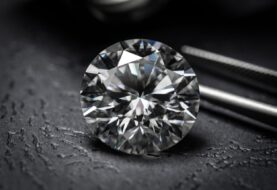 Do I Need a Certificate to Sell My Diamond?
Do I Need a Certificate to Sell My Diamond?
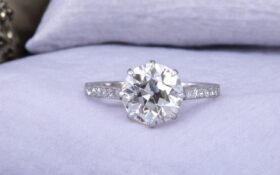 How to Buy a Round Cut Diamond Ring in San Diego
How to Buy a Round Cut Diamond Ring in San Diego
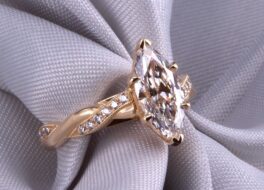 Explore Marquise Diamond Engagement Rings in San Diego
Explore Marquise Diamond Engagement Rings in San Diego
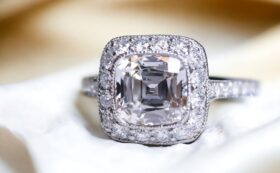 Cushion Cut Diamond Engagement Rings: A Complete Guide
Cushion Cut Diamond Engagement Rings: A Complete Guide
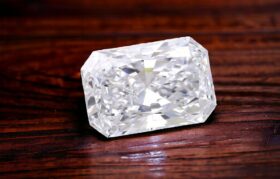 A Guide to Radiant Cut Diamond Engagement Rings in San Diego
A Guide to Radiant Cut Diamond Engagement Rings in San Diego
